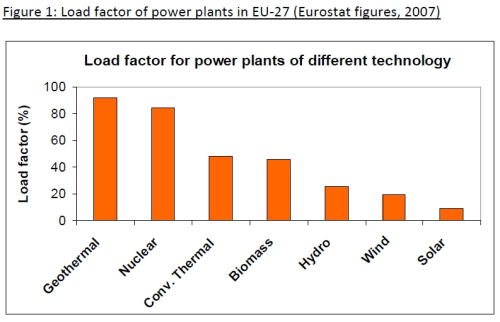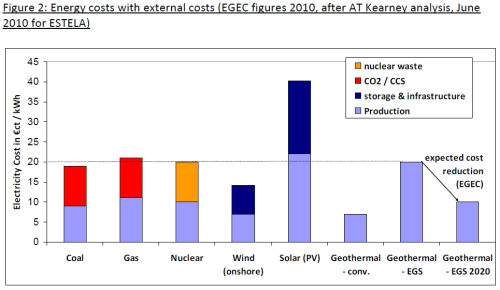

“Things must change if Europe is to reach its energy decarbonisation objective, and that will not be possible without a substantial contribution from geothermal energy,” says EGEC President Dr Burkhard Sanner.
“Providing a renewable base load, geothermal energy does not have external costs such as storage, grid infrastructure or waste management. Conventional geothermal power is already a most competitive energy source, but only possible in certain regions.
“EGS, a breakthrough technology successfully demonstrate, will allow a geothermal development anywhere in Europe. EGS (short for ‘Enhanced Geothermal Systems’) will become competitive within a few more years.
“Geothermal will be a key player in an optimal energy mix,” Sanner concludes.
EGEC calls on national governments and European institutions to:
- Invest in R&D to deploy EGS and bring down the cost of EGS plants;
- Adopt a feed-in tariff suitable for EGS development; and
- Create a European Risk Insurance Scheme to mitigate the geological risk.
